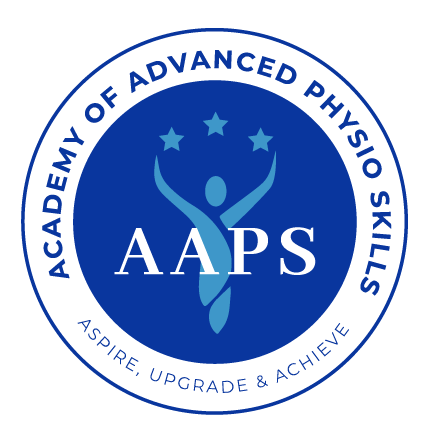Pain is an unpleasant sensory and emotional experience arising from actual or potential damage or described in terms of such damage (IASP).
Since individual responses to pain differ, it is difficult to predict how a person will adapt to pain. Thus treating the person and not just the pathology is an important part in the treatment strategy.
Pain results in fear of movement which in turn creates further dysfunction. Exercise has been shown to be a successful strategy in pain management. It is crucial that the patient is taught to develop a mental awareness of achieving a successful and a positive movement pattern, which is free of pain and appropriate to the load required by the task (APPI philosophy).
Australian Physiotherapists Glenn and Elisa Withers developed the APPI method of Pilates (Australian Physiotherapy and Pilates Institute). They found that the benefits of the traditional Pilates exercises were not being optimised due to the high level of strength, control and body awareness initially being asked of clients.
If the movements were modified, the length of the lever (arms or legs) reduced, the demands of the spine considered in detail, along with evidence behind how muscles work before and after pain, then a new form of Pilates-based exercise could be a lot more successful in the rehabilitation field.
The APPI rehab program combines the role of a clinician with that of a movement re-educator. Clinicians learn to use imagery and various tools to educate the correct movement patterns first, and thereafter progress to low load movements, strength and functional movements.
The sling based approach allows the clinician to design an exercise plan according to the dysfunction in functional movements observed in a client, making it more relevant and goal oriented. The various levels available in each Pilates exercises helps to challenge every individual at his or her functioning capacity, allowing for the client to be trained from the injured state to a fully functional and efficient state.
Know more about the therapeutic pilates webinars here.

